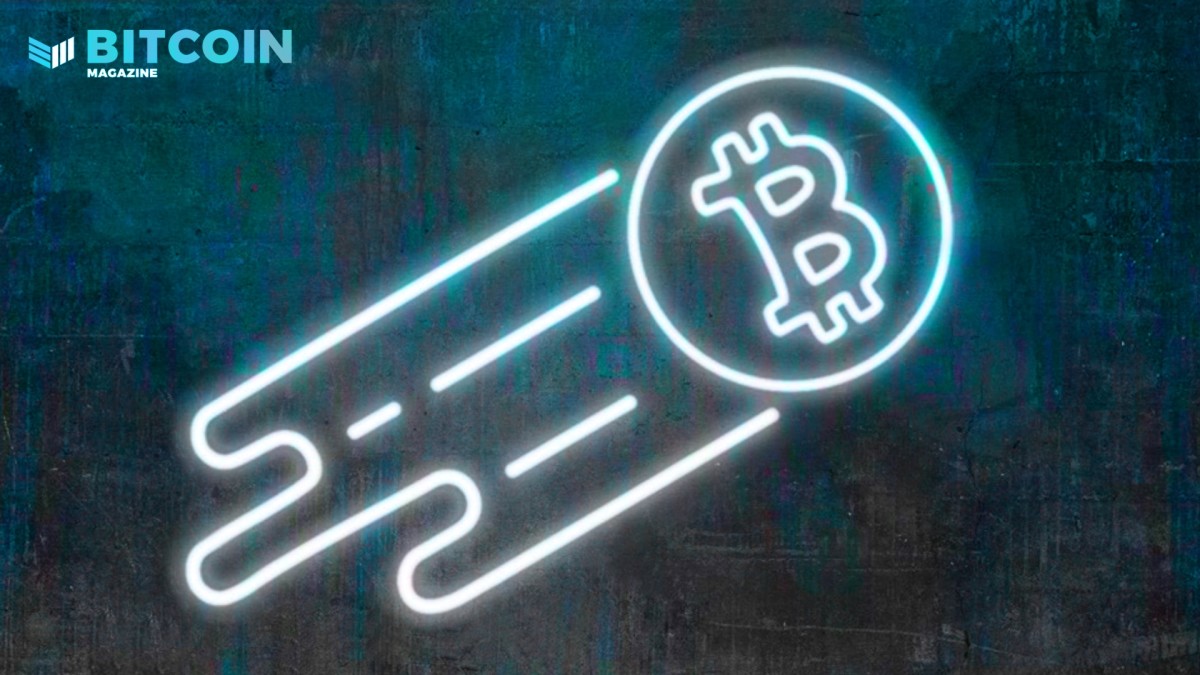Mercury Wallet, a Layer 2 application built for Bitcoin, is currently developing infrastructure to integrate with the Lightning Network.
Applications like Mercury are a way of scaling the use of Bitcoin by temporarily performing transactions off chain before returning to the main chain, making it easier and more cost-effective to make payments to other users. But what is Mercury Wallet, how does it differ from the Lightning Network and what could its integration ultimately accomplish for Bitcoin growth?
Statechains And Statecoins
In order to understand the Mercury Wallet, we must first understand the technology Mercury uses to build its application: statechains.
A statechain works in a very similar way to a blockchain or a sidechain. In short, a statechain provides cryptographic proof of ownership for any given statecoin. A statecoin can be thought of as representing digital currency without actually being the digital currency, which, in this case, would be bitcoin.
Similarly, the easiest comparison to understand a statecoin is to think of it in the way that paper money is tied to a gold standard. The paper currency is not the actual gold, it just represents some of gold’s value. Similarly, a statecoin is not bitcoin, it is just meant to represent some of bitcoin’s value. This allows users to transact the value of bitcoin without interacting with the Bitcoin blockchain.
Now that we have a basic premise for statechains and statecoins, let’s return to Mercury.
What Is Mercury Wallet?
Mercury Wallet is itself an implementation of a statechain. The wallet is how unspent transaction outputs (UTXOs), or funds are organized into a statechain once they are deposited.
When a user opts in to use Mercury Wallet, they deposit UTXOs into the wallet through the graphical user interface (GUI) in a fairly straightforward process. Depositing UTXOs into Mercury Wallet is sort of like playing a game of poker with your friends. Each person brings a fixed amount of cash denominated in chips. The chips cannot be divided into smaller denominations of cash and have a fixed value.
Likewise, UTXOs deposited into Mercury Wallet cannot be divided into smaller denominations. Therefore, if the given UTXO represents 1 BTC, it must be spent in full and cannot be divided into smaller payments. This is one of the downsides to Mercury Wallet.
Accordingly, once funds are deposited, a chain of transactions secured by cryptography signifying ownership begins. If a user would choose to spend their UTXOs, it would create a path of ownership leading from the spender to the receiver each time a transaction was made. However, in order to transact with Mercury Wallet a user must be transacting with another Mercury Wallet.
Moreover, each deposited UTXO in essence creates its own statechain that traces the transference of ownership with each transaction on the Mercury Wallet platform. This is why Mercury Wallet users must interact with one another, to continue the chain of custody.
In addition, should users want the path of ownership for their deposits broadcasted to the Bitcoin blockchain to actually transfer the funds, Mercury’s interface is connected to a Bitcoin node making the process quick and easy.
So, what does Lightning offer Mercury Wallet that it does not already have?
Privacy, Security And Optionality
If the Lightning Network is a Layer 2 scaling solution, and Mercury Wallet is a Layer 2 scaling solution, doesn’t that make them competitors? This is an incorrect lens through which to view the two projects. In fact, it would be more accurate to view them as adjacent, rather than in opposition to one another.
Accordingly, the Lightning Network is an implementation of a communication protocol through the use of channels, and Mercury Wallet is an implementation of statechains that leverage a product with a company behind it.
However, Mercury integrating its product to the Lightning Network allows Mercury users to access its communication protocol. This integration enables Lightning-to-Mercury transfers or vice versa, which strengthens Mercury’s use cases.
For instance, currently, the business model of Mercury is to collect a fee for facilitating Layer 2 transactions by charging an address once funds are broadcasted back to the Bitcoin blockchain, which users are required to provide when they initially deposit funds. This is a privacy concern, since the address has to be collected upfront and stored, even though it does not have to be the same address the deposited UTXOs are coming from.
Nevertheless, with a Lightning integration, Mercury could charge the fee upfront and only need to collect a Lightning invoice, storing none of the user data. This would not only be a boon for privacy, but also security.
In its current state, Mercury Wallet is subject to denial-of-service (DoS) attacks, which is where a malicious user spams fake transactions to flood the network, thereby making it difficult or impossible to use the platform. Being able to charge Lightning invoices up front would drastically reduce the likelihood of this attack vector by placing a price on spam and allowing more optionality.
Thus, Lightning invoicing would also allow Mercury to change its pricing model entirely. Similar to how Opendime allows users to transact with UTXOs placed onto a flashdrive-like device for ease of use; Mercury users would be able to purchase a virtual form of Opendime-like real estate en masse, which would allow bulk discounts for multiple deposits.
Still, Mercury has one other upgrade on the horizon.
A Blind Server
Currently, Mercury has plans to blind its server during the fourth quarter of this year, according to CEO Nicholas Gregory, per an email correspondence Bitcoin Magazine had with the Mercury team. What does this mean?
“The blinded version of Mercury Wallet will apply cryptography in an approach that makes it impossible to identify coins that have been transferred or swapped,” explained Tom Trevethan, CTO of Mercury Wallet.
The company announced its plans to go blind in June with an explanation of what it means to be blinded in the world of cryptography here. In short, the act of blinding Mercury’s server guarantees that it cannot know any identifiable information about a coin which prevents censorship of coins.
Source: https://bitcoinmagazine.com/business/mercury-wallet-statechain-scaling-bitcoin



